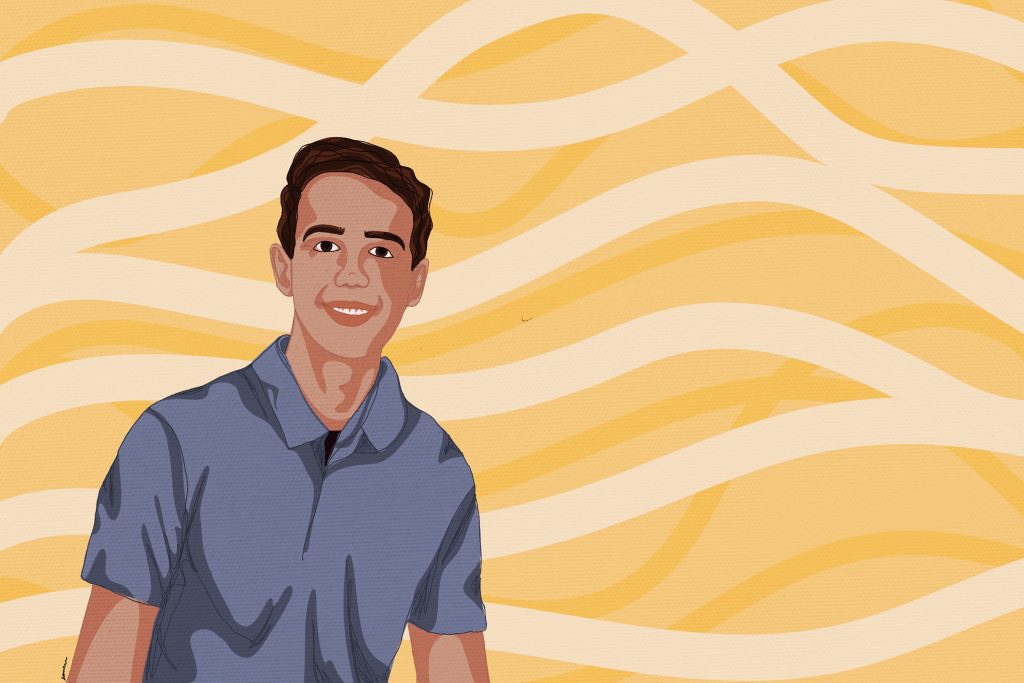The Restauranteur
The Restauranteur

There wasn’t a lot of notice ahead of time by Cuomo on what the regulations were until it was kind of ready to roll. We had to start to transition to a complete shutdown, which is really tough on a restaurant, especially because your margins are really small and you’re still going to be paying your rent.
It was alarming and shell-shocking for sure, because initially, as most of us thought in March, the outbreak hadn’t really happened, and the closing happened before there were that many cases, so it seemed a little bit aggressive in the moment. Obviously, looking back, it definitely made sense, but in the moment, it was like, “Ok, there’s not really that many cases here in Rochester. Why are we now putting the revenue and the livelihood of the income of my family at risk because of something we’re not really completely sure on?”
We had nothing going on for at least a month or two, which was really tough. We had heard a couple of months after the shutdown that outdoor dining was going to be coming back in a week or two, so that only gave us about roughly 10 days to react from when we found out to when we knew. It created a scramble and a frenzy among everyone, understanding that, once we’re allowed to open in any capacity, we have to. We can’t keep having weeks where we have no revenue coming in.
We started with just takeout — no one dining at the restaurant at all. As that picked up a little bit, it took about a week for us to really get our customers back and comfortable ordering from us. They didn’t really know. It was hard to know when we were opening, what was open, what wasn’t.
Every time there was a new policy change, it created another couple of weeks of uncertainty and necessary actions to transition to that. We would get a cold night where we had anticipated being open for outdoor dining, and now we can’t do that. At that point, it was still restricted in our county to have indoor dining, so people would show up for outdoor dining, be cold, and then they’d have to take a takeout order because we couldn’t seat them inside. Once we kind of understood what we had to do, it was able to run smoothly, but the first weeks after a new change would occur, it would create a little bit of reaction.
We had three restaurants before, and we had initially opened all three of them for takeout. But we had to close Aunt Rosie’s. That one we thought would’ve done really well because it was way less formal, it was open for lunch hours, it was just a slice of pizza, sandwiches, stuff like that. About a month after takeout started, we had started to really see that it wasn’t doing as well as we had thought. There wasn’t a lot of walk-in traffic, the business catering events were completely gone, so the revenue was dying.
We simply just looked at the numbers and understood that we couldn’t really save the restaurant because we had been consistently losing so much money week to week and month to month. With the pandemic still in full effect over the summer and into the winter, there was no way that we were going to be able to sustain that business while just trying to break even with the other two.
I’m not going to lie: There was very low morale in the restaurants. Everyone knew that there were a lot of people that were living paycheck to paycheck that we can’t employ. None of them had done wrong; we just simply couldn’t afford it.
It’s weird to see our restaurants open because our overall perception of how the restaurants run now is very different. We’ll have a night where we had initially, in the past, maybe had like 40 tables, and it would be a great night. Now, we’re looking at a night where we had 15 tables and think it was equally as great of a night. It’s all relative.
This as-told-to interview is part of COVID in the Community, a series created by students in the Reporting classes at the Newhouse School in Spring 2021. COVID in the Community documents the experiences of Syracuse area residents living through this extraordinary time.








